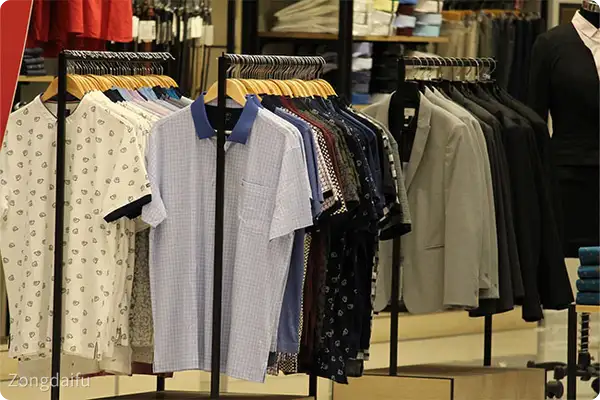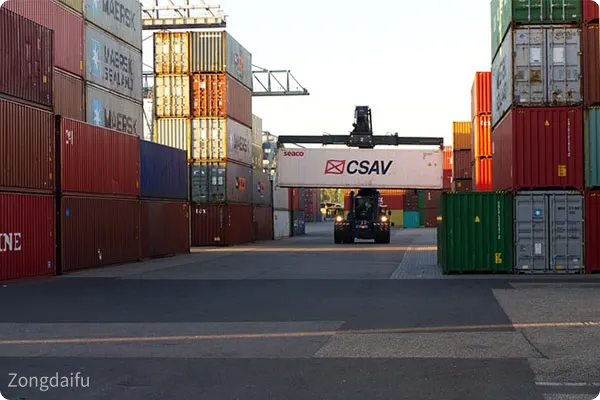As the European textile garment market warms up, Chinas textile garment exports to Europe show a good momentum of rising.This brings huge opportunities for Chinese garment enterprises, and more and more enterprises hope to win more market share by improving their own design capabilities and innovative technologies.

I. Preliminary preparation
Research of the Market:Learn about demand, trends, competition, consumer preferences and related policy regulations in the European clothing market to identify target markets and product positioning.
Qualifications of enterprises:Ensure that its own enterprises have relevant qualifications such as import and export business rights, if there are no qualified agencies that can be applied or entrusted to carry out export business.
Relevant regulations and certifications:
The REACH Regulation:EU chemicals regulations require chemicals to be registered, evaluated, authorised and restricted, and clothing products must avoid substances containing high concerns (SVHCs) and restrictive substances.
Textile labelling regulations:The European Union requires textiles to correctly label the fiber composition, use the EU standard fiber name, and be labelled in the official language.
General Product Safety Directive (GPSD)Require product safety, conform to safety standards, and conduct risk assessment.
Special requirements for childrens clothing:Follow the EN14682 standard, limit ropes and straps to ensure the safety of small parts.
Restrictions on chemicals:It is forbidden to use carcinogenic aromatamide-releasing nitrogen dye, DMF, restrict the use of propionate diethyl esters, and control the release of magnesium.
6) Other certifications:Additional certifications may also be required depending on the specific type of clothing and customer requirements, such as eco-design and environmental certification (recommended OEKO-TEX? Standard 100 and organic cotton certification GOTS).
b) signing the contract
According to the terms and conditions agreed by the two sides, a formal export contract shall be concluded, and the rights and obligations of the two sides shall be clarified, and the contents of the contract shall include the product name, specification model, quantity, price, packaging, delivery period, payment method, transportation method, inspection and sanitation, dispute resolution and other provisions.
c) Inspection of vaccines
The Self Examination:After the product is completed, the production enterprise first carries out internal inspections to ensure that the product quality complies with the contract and relevant standard requirements.
Commercial inspection :Enterprises apply to the local entrance and exit inspection and vaccination agency for inspection and vaccination, submit relevant certificates and samples, and obtain relevant certificates such as the exit goods customs certificate after inspection.
Customs reporting exports
Preparation of customs information:Includes export contracts, invoices, packaging forms, customs declarations, exit goods customs forms and other certificates, and fill in and declare according to customs requirements.
The Customs Declaration:The enterprise or its commissioned customs reporting agency shall submit the customs reporting information to the customs, and the customs shall inspect and inspect the declared goods and release them after confirmation.

V. Transportation arrangements
Choosing a mode of transport:Depending on the quantity of goods, delivery time, transportation costs and other factors, choose the appropriate mode of transportation, such as sea, air or land transportation, and conclude transportation contracts with cargo companies or shipping companies, airlines, etc.
Transport of goods:The goods are packaged, marked and loaded in accordance with the transport requirements, shipped to European destinations, and the status of the goods is tracked in a timely manner to ensure the goods arrive safely and on time.
c) Clearance and delivery
Purpose port clearance:After the goods arrive at the destination port in Europe, the importer or his agent is responsible for handling the import clearance procedures, submitting relevant documents, such as invoices, invoices, packaging documents, certificates of origin, etc., paying customs duties and value added tax and other taxes, after the customs inspection, the goods can be released to the European market.
Delivery of goods:After clearance is completed, the goods will be delivered to European customers in accordance with the agreed delivery method and obtain confirmation of the customers signature.


 Follow customer service WeChat
Follow customer service WeChat